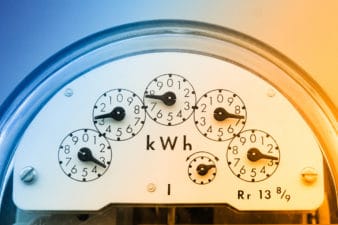Yes, you do have to pay taxes on the CERB.
It might not have been the answer you were hoping for, but it’s the right answer. You have to pay taxes on the CERB benefits you received, even if you didn’t get the whole $14,000. Unlike one of its replacement, the CRB, former emergency CERB benefit wasn’t taxed at the source, and the government sent out the full payment of $2,000.
The CERB has now come to an end, but it might not be too early to start accounting/calculating the tax obligation that it has left Canadians. If you have received the CERB payouts for the whole duration it was available — i.e., 28-weeks — it means you either had no other income or it was drastically reduced. So, even with the $14,000 benefit payment, your tax bill might not be too high.
How much do you owe in taxes?
Let’s say you earn $46,000 in total for the year 2020. If you add the CERB benefits to it, your yearly income reaches up to $60,000. You have to calculate both provincial and federal taxes on this income. If you live in Ontario, the $60,000 income is broken into two slabs: $44,740 (taxed at 5.05%) and $15,260 (taxed at 9.15%). This will result in a total provincial tax bill of $3,655.7 for the year.
Similarly, the federal tax brackets would be $48,535 (taxed at 15%) and $11,465 (taxed at 20.5%). This results in a federal income tax of $9,630.6 for the year. So, your total tax bill would be about $13,016 (considering no deductions and tax credit).
For provincial tax slabs, a part of the original $46,000 already falls in the second tax bracket, and it’s quite near to the second bracket for federal taxes as well. For the sake of simplicity, let’s assume the marginal tax rate for the additional $14,000 CERB income. So, 29.65% of $14,000 would mean that you’d pay about $4,151 in taxes on your CERB benefit (about $4,011 if you break the $14,000 CERB for federal brackets).
A tax-free alternative
The best alternative to this would have been a nest egg in your TFSA. For example, if you had invested just $2,500 in an aristocrat like Canadian National Railway (TSX:CNR)(NYSE:CNI) about 10 years back (and chose to reinvest dividends), you’d now be sitting at about $15,000. That’s more than the $14,000 of CERB, and the best part is that it’s completely tax-free. So, you can chalk it up as a $4,000 bonus.
Even if you haven’t started growing a safety/emergency fund in your TFSA yet, CNR is a good place to start. If we take its 10-year CAGR of 18% as a reference point, you can still grow your investments at a decent pace. The $103 billion market-cap railway giant is in a very secure position, and its shift towards transporting green energy cargo means that the company is properly positioning itself for success in the future.
Foolish takeaway
Even if you consider the tax implication, the CERB has been a life saver for millions of Canadians. But it also showed many of us how woefully unprepared we all are to face a financial crisis. If you are also worried about the tax ramifications of CERB and want to avoid a benefit that comes with a hefty tax bill, in the future, you should start working on building yourself an emergency fund.







